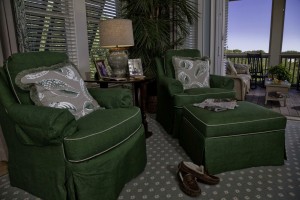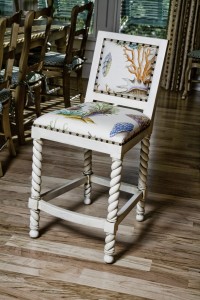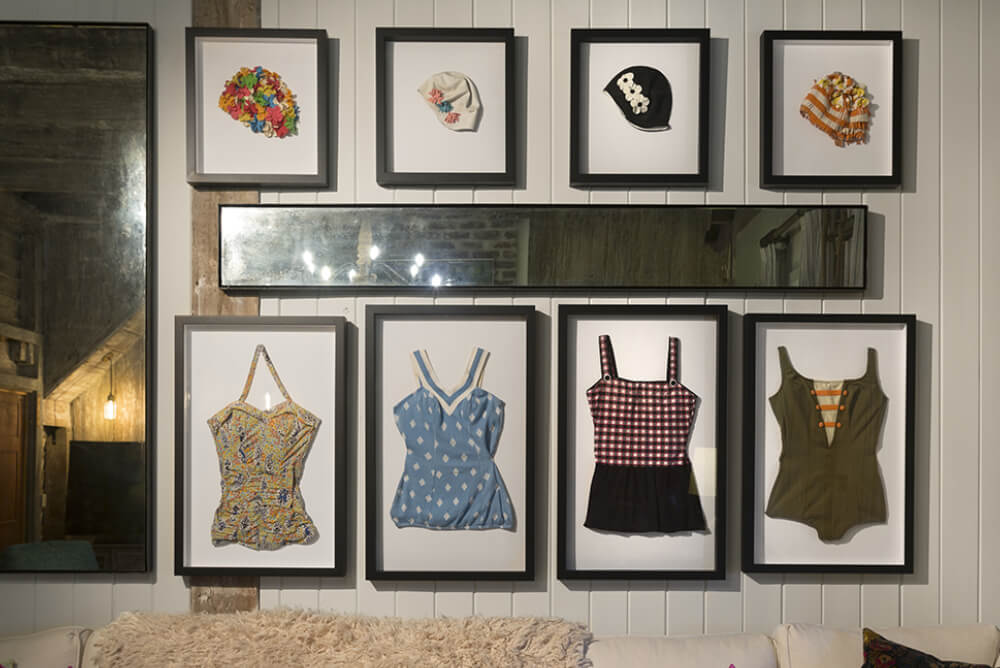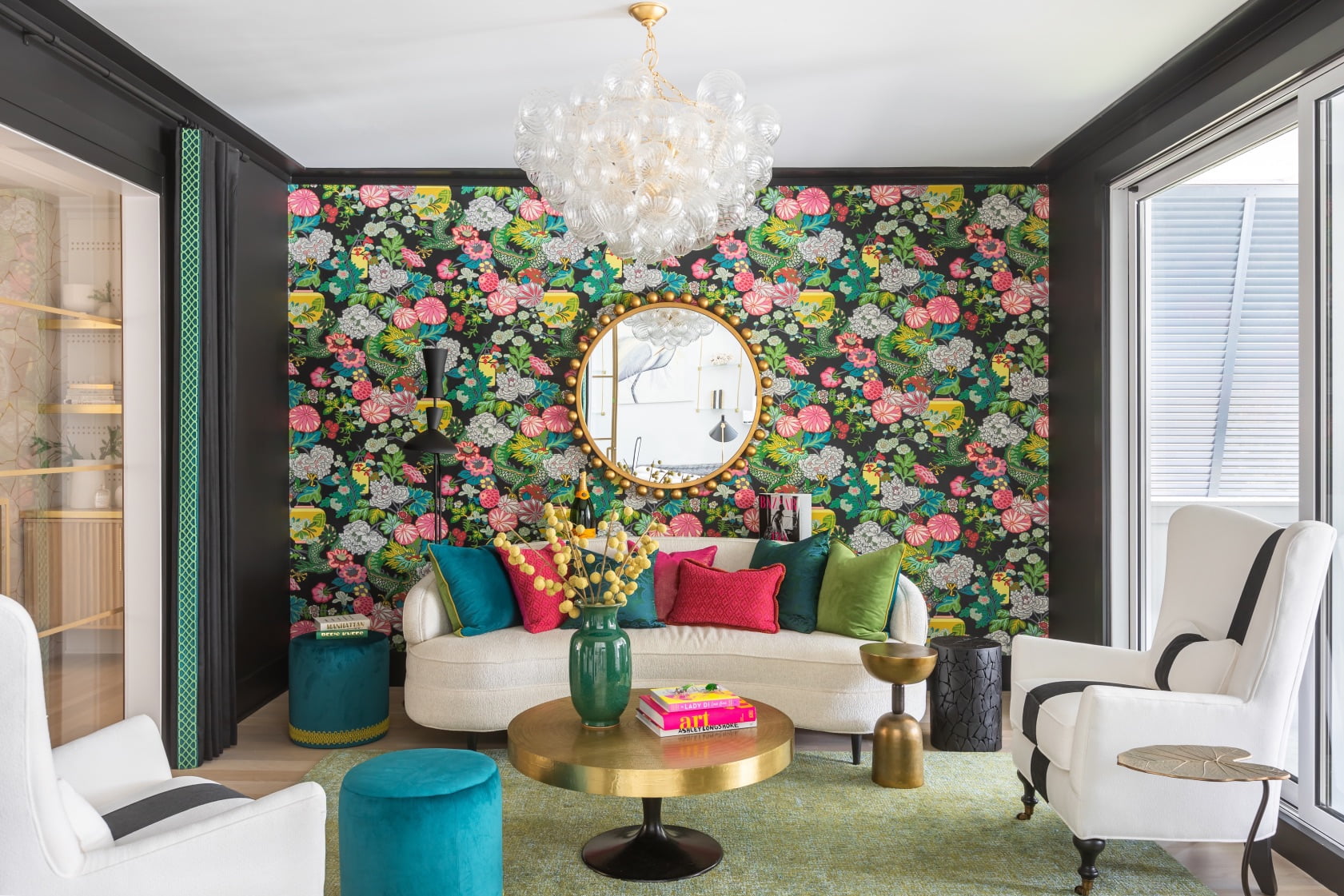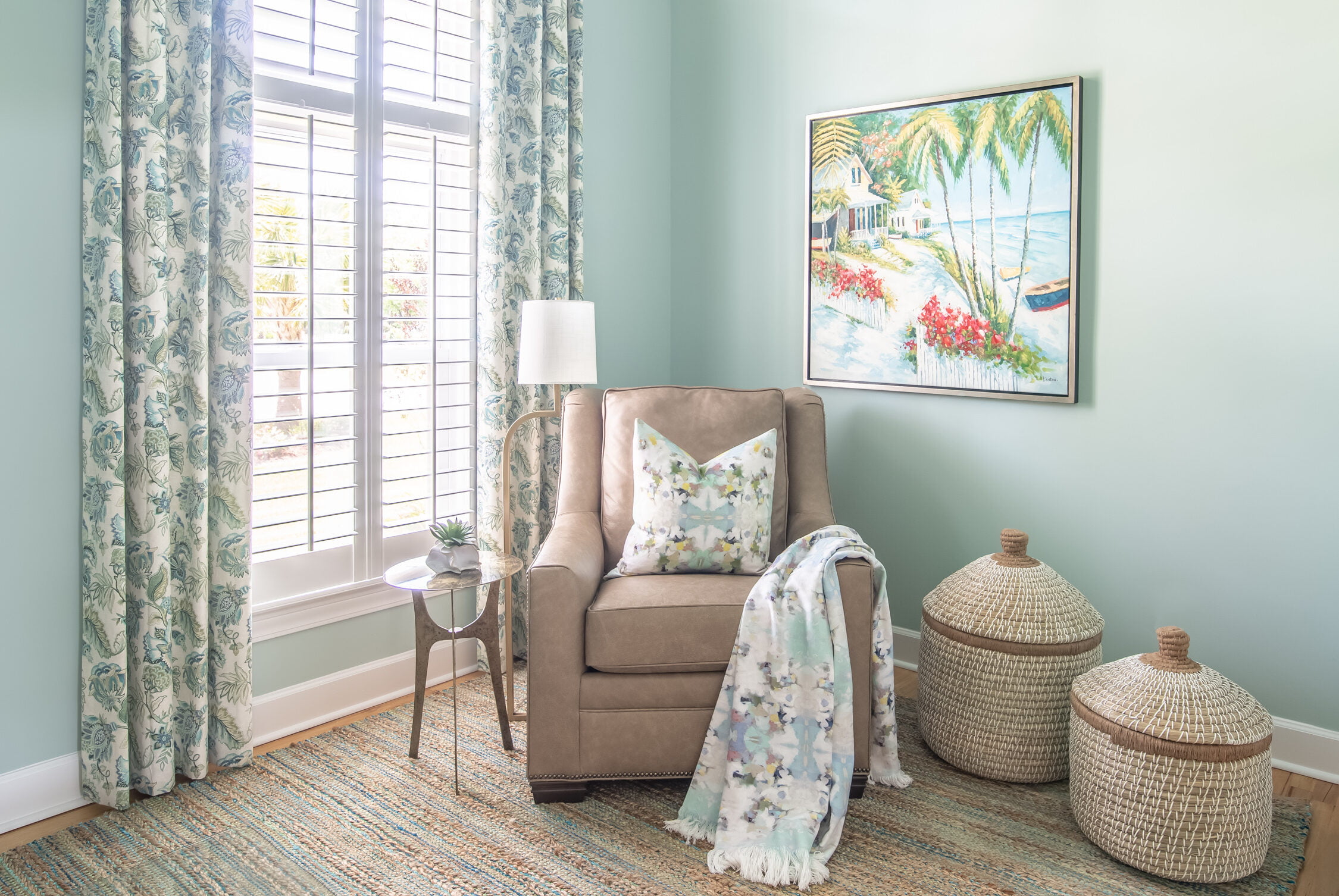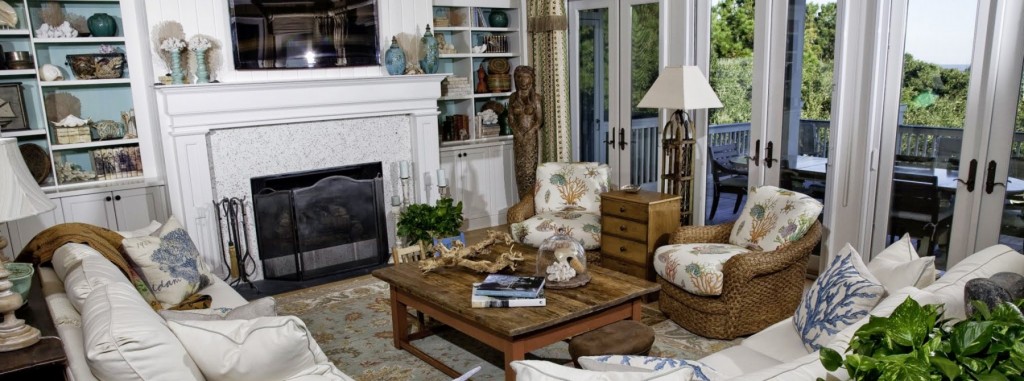
Even with all of the home design television shows and books these days, we still find people coming into our stores more confused than ever about interior design. There are many things that interior designers consider when putting together an interior space. Here are five principles that will lead to a good design of your home space:
1) Unity and Harmony
When doing interior design, it is necessary to think of the house in totality – a series of spaces linked together by halls and stairways. It is therefore appropriate that a common style and theme runs throughout the home. This is not to say that all interior design elements should be the same, but they should work together and compliment each other to strengthen the whole composition. A way to create this theme or storyline is with the well-considered use of color. Color schemes in general are a great way to unify a collection of spaces. For example, you might pick three or four colors and use them in varying shades throughout the house.
2) Balance
In short, balance can be described as the equal distribution of visual weight in a room. There are three styles of balance: symmetrical, asymmetrical, and radial.
Symmetrical balance is usually found in traditional interiors. Symmetrical balance is characterized by the same objects repeated in the same positions on either side of a vertical axis. For example, you might remember old rooms where each side of a room is an exact mirror of the other. This symmetry also reflects the human form, so we are innately comfortable in a balanced setting.
Asymmetrical balance is more appropriate in design in these days. Balance is achieved with some dissimilar objects that have equal visual weight or eye attraction. Asymmetrical balance is more casual and less contrived in feeling, but more difficult to achieve. Asymmetry suggests movement, and leads to more lively interiors.
Radial symmetry is when all the elements of a design are arrayed around a center point. A spiral staircase is an excellent example of radial balance. Though not often employed in interiors, it can provide an interesting counterpoint if used appropriately.
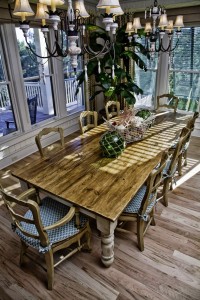
3) Focal point
Interior design’s biggest enemy is boredom. A well-designed room always has, depending on the size of it, one or more focal points. A focal point must be dominant to draw attention and interesting enough to encourage the viewer to look further. A focal point thus must have a lasting impression but must also be an integral part of the decoration linked through scale, style, color or theme. A fireplace or a flat tv is the first example that most people think of when we talk about a room focal point. If you don’t have a natural focal point in your space, such as a fireplace by way of example, you can create one by highlighting a particular piece of furniture, artwork, or by simply painting a contrasting color in one area. Try to maintain balance, though, so that the focal point doesn’t hog all of the attention.
4) Rhythm
When speaking about music, we describe rhythm as the beat of pulse of the music. In interior design, rhythm is all about visual pattern repetition. Rhythm is defined as continuity, recurrence or organized movement. To achieve these themes in a design, you need to think about repetition, progression, transition and contrast. Using these mechanisms will impart a sense of movement to your space, leading the eye from one design element to another.
Repetition is the use of the same element more than once throughout a space. You can repeat a pattern, color, texture, line, or any other element, or even more than one element.
Progression is taking an element and increasing or decreasing one or more of its qualities. The most obvious implementation of this would be a gradation by size. A cluster of candles of varying sizes on a simple tray creates interest because of the natural progression shown. You can also achieve progression via color, such as in a monochromatic color scheme where each element is a slightly different shade of the same hue.
Transition is a little harder to define. Unlike repetition or progression, transition tends to be a smoother flow, where the eye naturally glides from one area to another. The most common transition is the use of a curved line to gently lead the eye, such as an arched doorway or winding path.
Finally, contrast is fairly straightforward. Putting two elements in opposition to one another, such as black and white pillows on a sofa, is the hallmark of this design principle. Opposition can also be implied by contrasts in form, such as circles and squares used together. Contrast can be quite jarring, and is generally used to enliven a space. Be careful not to undo any hard work you’ve done using the other mechanisms by introducing too much contrast!
5) Details.
Another important element of interior design where it is necessary to take infinite pains is details. Everything from the trimming on the lamp shade, the color of the piping on the scatter cushion, to the light switches and cupboard handles need attention. Unlike color people find details boring. As a result it gets neglected and skimmed over or generally left out. As color expresses the whole spirit and life of a scheme; details are just as an important underpinning of interior design. Details should not be obvious but they should be right, enhancing the overall feel of a room.
Scale and Proportion – These two design principles go hand in hand, since both relate to size and shape. Proportion has to do with the ratio of one design element to another, or one element to the whole. Scale concerns itself with the size of one object compared to another.
Color – Colors have a definite impact on the atmosphere that you want to create when doing interior design.
Good design is about carefully considering everything that goes in a room. But no matter what you put into your home, it can be made to be work if you love it. It is all about how and where you use it and how it relates to the elements you place in the room with it. Imagine a single line of notes that give a song its melody—if you add the correct harmonies it makes a sweet melody.

